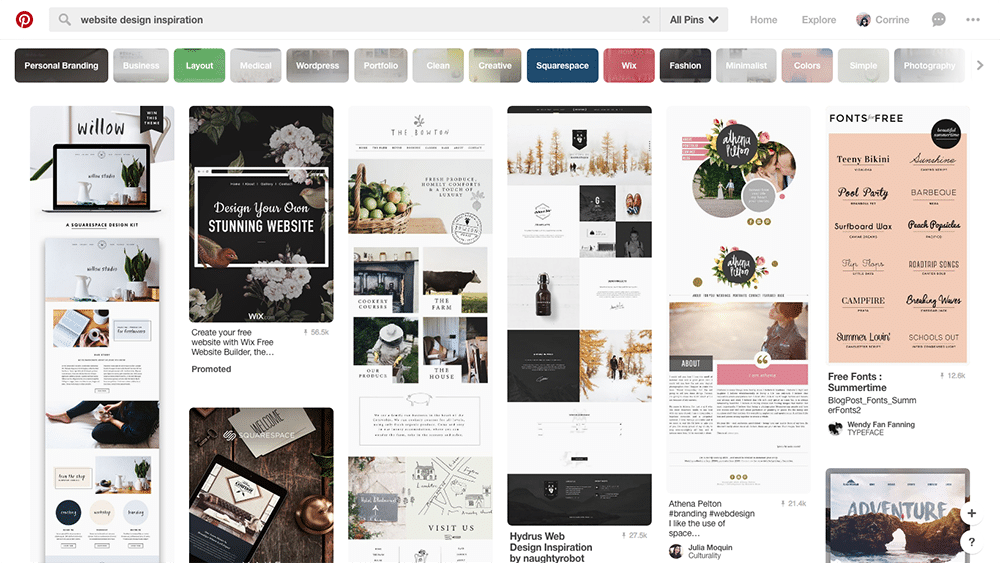Rise by Six: Your Daily Dose of Inspiration
Explore insights and stories that elevate your day.
Web Design Wonderland: Ideas to Spark Your Creativity
Discover endless inspiration and innovative ideas in Web Design Wonderland. Ignite your creativity and transform your digital projects today!
10 Essential Web Design Trends to Inspire Your Next Project
As we move through 2023, staying updated with the latest web design trends can significantly enhance your project's appeal and functionality. Minimalism continues to dominate, emphasizing simplicity and a clutter-free interface. Coupled with dark mode designs, these trends provide users with a visually appealing experience that is also easy on the eyes. Incorporating micro-interactions can further engage your visitors, as they provide subtle feedback during user interactions, enhancing the usability of your site. Here are ten trends to inspire your next web design project:
- Bold Typography: Eye-catching fonts that convey your message.
- Asymmetrical Layouts: Breaking the grid for a unique experience.
- 3D Elements: Adding depth and dimension to your visuals.
- Voice User Interface (VUI): Designing for voice-activated experiences.
- Augmented Reality (AR): Integrating AR features for interactive content.
- Color Gradients: Utilizing gradients for vibrant backgrounds.
- Custom Illustrations: Adding personality through unique artwork.
- Accessibility Features: Designing inclusively for all users.
- Dynamic Content: Creating adaptive experiences based on user behavior.
- Sustainable Design: Incorporating eco-friendly practices into web design.

How to Create a User-Centric Website: Tips and Techniques
Creating a user-centric website involves a deep understanding of your audience and their needs. Start by conducting thorough user research to gather insights on user behavior, preferences, and pain points. Utilize tools such as surveys, interviews, and analytics to collect data. Once you have a solid understanding of your audience, prioritize their needs by creating user personas. These personas will guide your design decisions and help you craft content that resonates with users. Additionally, always keep the user experience (UX) at the forefront by employing techniques like wireframing and prototyping to visualize the website structure before moving to development.
Incorporating easy navigation and a clean layout significantly enhances the user experience. Make sure that your website's navigation is intuitive and that users can find information effortlessly. Utilize visual hierarchy to highlight important elements such as calls to action and essential content. Additionally, implement responsive design to ensure your website performs well on all devices, from desktops to smartphones. Finally, regularly gather user feedback and conduct usability testing to iterate and improve your website continuously. By following these tips and techniques, you can create a user-centric website that enhances engagement and satisfaction.
What Are the Key Elements of Effective Web Design?
Effective web design encompasses several key elements that work together to create a seamless user experience. Firstly, visual hierarchy is crucial; it guides users through the content by utilizing size, color, and layout to emphasize important information. Secondly, responsive design ensures that a website functions well on various devices, enhancing accessibility and usability. Finally, incorporating intuitive navigation helps visitors find what they are looking for quickly, reducing bounce rates and improving overall satisfaction.
Another essential aspect of effective web design is consistency across all pages. This includes uniform typography, color schemes, and layout styles, which help create a cohesive brand identity. Additionally, loading speed plays a vital role in user retention; sites that load slowly can frustrate users and lead to higher abandonment rates. Lastly, prioritizing content quality ensures that the information presented is informative, engaging, and relevant, making it more likely for users to return and share the site.